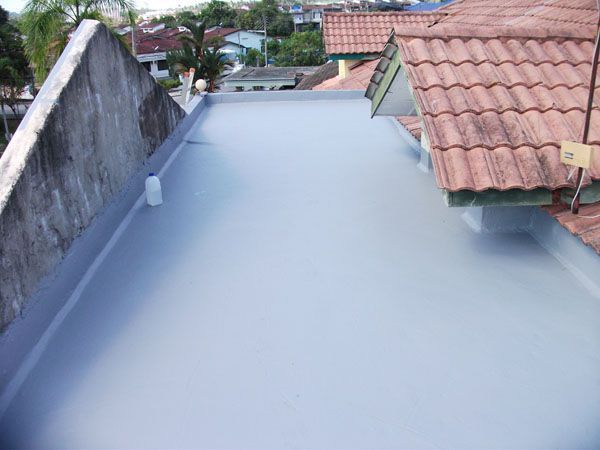1. Detailed Inspection
We begin with a comprehensive inspection of your roof to identify vulnerabilities such as cracks, worn seals, or drainage issues. Our team checks the roof structure, surface materials, and existing waterproof membranes.
Using specialized tools and visual checks, we evaluate the current waterproofing effectiveness and pinpoint areas where water penetration is likely. This precise assessment forms the foundation for an effective treatment plan.
2. Customized Treatment
Each roof requires a unique solution based on its condition, material type, and local weather factors. We design waterproofing plans tailored to your specific roof, ensuring we address all weak points identified during inspection.
Options may include liquid-applied membranes, sealants for joints and edges, or installation of protective coatings. Our goal is to optimize your roof’s durability while considering cost and maintenance requirements.
3. Skilled Application
We select only proven waterproofing products with strong resistance to UV rays, temperature changes, and moisture. These materials meet industry standards and are compatible with your roof type.
Our skilled technicians apply treatments using precise methods to guarantee full coverage and adhesion. We follow manufacturer guidelines and best practices to maintain your roof’s integrity and extend its lifespan.
Frequently Asked Questions
We address common concerns about roof waterproofing that help you identify problems early and understand when professional service is needed. Recognizing specific signs ensures timely intervention to protect your home effectively.
How do I know if my roof needs waterproofing?
Your roof likely needs waterproofing if you notice water stains on ceilings or walls, pooling water after rain, or if your roof is over 10 years old without previous waterproofing treatment. Flat or low-slope roofs are especially vulnerable and should be waterproofed proactively. If you're experiencing any interior moisture issues or have had recent leak repairs, waterproofing can prevent future problems.
What are signs of roof water damage?
Common signs include yellow or brown stains on ceilings and walls, peeling paint or wallpaper, warped or sagging drywall, and musty odors indicating mold growth. Outside, look for missing or damaged shingles, cracked flashing around vents and chimneys, and water pooling on flat sections. You might also notice higher energy bills due to compromised insulation from water infiltration.
What's the best roof waterproofing method for California weather?
For California's intense UV exposure and occasional heavy rains, liquid-applied membrane systems work exceptionally well because they create seamless coverage and reflect heat. Acrylic and silicone coatings are particularly effective for the dry, sunny climate, offering excellent UV resistance while remaining flexible during temperature fluctuations. These methods also provide energy savings by reflecting solar heat away from your home.
How long does roof waterproofing last?
Quality roof waterproofing typically lasts 10-20 years depending on the materials used and local weather conditions. In California's climate, high-grade acrylic or silicone systems often reach the upper end of this range due to their UV stability. Regular maintenance and occasional recoating can extend the lifespan even further, making it a cost-effective long-term investment.
How long does roof waterproofing take to complete?
Most residential roof waterproofing projects take 1-3 days to complete, depending on roof size and complexity. Weather conditions can affect timing since most waterproofing materials require dry conditions for proper application and curing. Simple single-story homes may be completed in one day, while larger or multi-level properties typically require 2-3 days for thorough preparation, application, and proper curing time.

